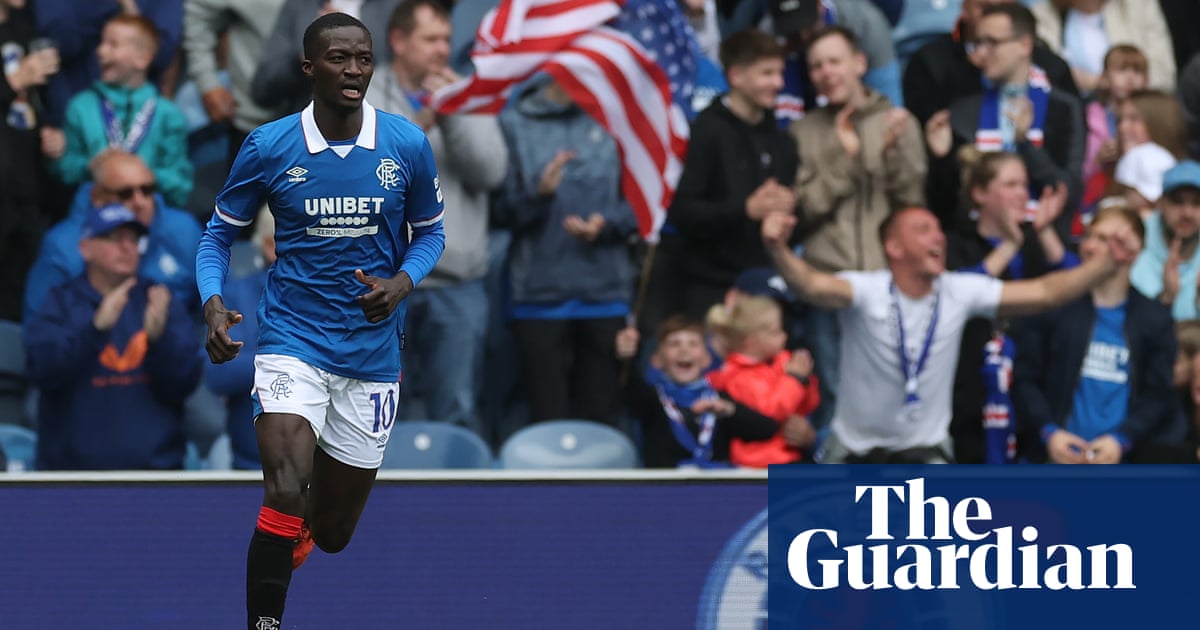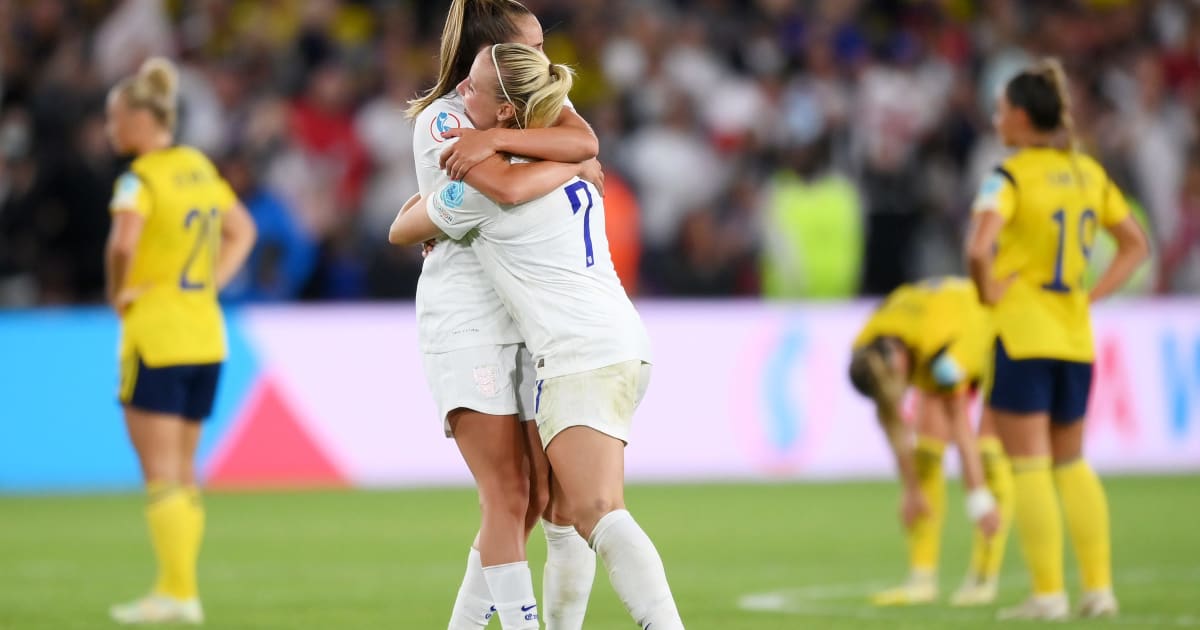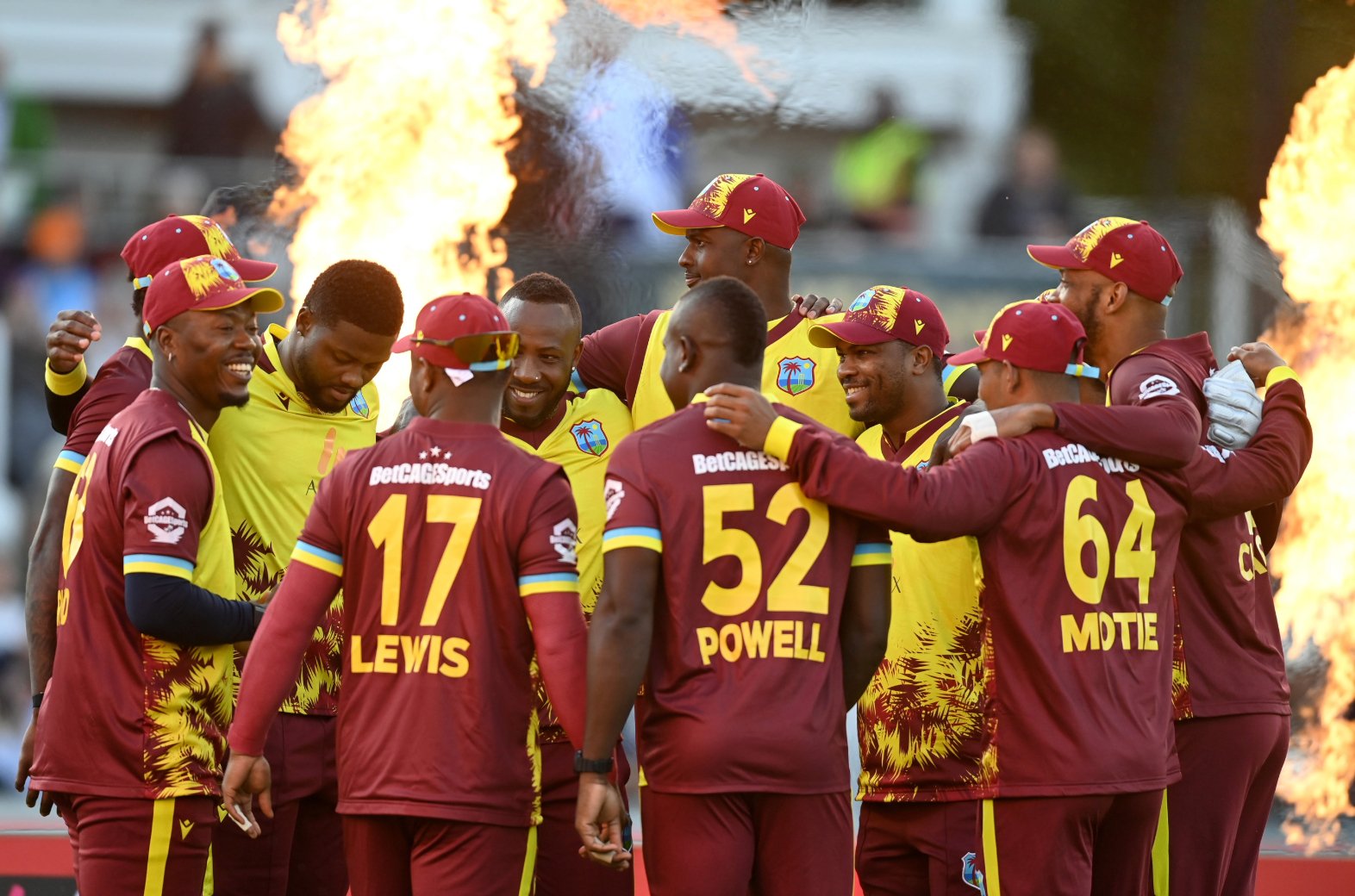US owners have taken over half of the Scottish Premiership - what’s in it for them?

A club that plays in red, white and blue was always ripe for American investment. The arrival of Andrew Cavenagh and the San Francisco 49ers as Rangers’ new owners has the potential to shake up a Scottish top division that has been won by Rangers’ fierce rivals, Celtic, in 13 of the last 14 seasons.It’s not just at the top, however, where American money is reshaping Scottish soccer. Six of the Scottish Premiership’s 12 clubs are now American-owned. The 49ers’ purchase of Rangers wasn’t even the only US takeover of a Scottish club this summer: Calvin Ford, the great-great-grandson of Henry Ford, completed a deal to buy Livingston. Scotland’s top division is now just one club away from having a majority of American owners.The trend started in 2013 when Tim Keyes and John Nelms turned up at Dundee. Five years later, Mark Ogren bought Dundee United. More recently, Bournemouth owner Bill Foley invested in Hibernian, who have been owned by the Gordon family since 2019, while St Johnstone were bought by Adam Webb. All Americans and all bullish on the untapped potential of Scottish soccer.Of course, American investment in soccer is not unique to Scotland. Half of the Premier League’s 20 clubs now under US ownership following Dan Friedkin’s takeover of Everton in September, adding the film producer’s name to a list that includes Foley, Fenway Sports Group, the Glazers, Stan Kroenke, Todd Boehly and Clearlake Capital, Wes Edens, John Textor and Shahid Khan. Nine EFL clubs, including Birmingham City and Wrexham, are also American-owned, offering a lower on-ramp for those without the funds to go toe-to-toe with a sovereign wealth fund.The on-ramp to get into Scottish soccer is even lower, partially explaining why so many American millionaires have looked north of the England/Scotland border to invest. While the 49ers were able to snag a majority ownership stake in Rangers for £150m ($200m), New York Jets owner Woody Johnson has agreed to pay more than that (£190m/$254m) for a smaller share (44.9%) in Crystal Palace, a club that finished 12th in the Premier League last season. Friedkin had to pay over £400m ($535m) for Everton who have spent the last few seasons flirting with relegation.Rangers can only look enviously over Hadrian’s Wall at the self-proclaimed Best League In The World and its associated riches, but they do have access to European soccer. Indeed, the Govan club made a run to the Europa League final three seasons ago and played in the Champions League two seasons ago, earning tens of millions in the process.Today there are more Scottish teams in Europe than ever before, largely due to the creation of the Conference League. The likes of Aberdeen, Dundee United, Hearts, Hibernian, Kilmarnock, Motherwell and St Mirren were previously locked out of continental competition on account of Celtic and Rangers’ strength, all have qualified for the Conference League in recent seasons, giving them a path to continental football and associated financial rewards.skip past newsletter promotion Sign up to Soccer with Jonathan Wilson Free weekly newsletter Jonathan Wilson brings expert analysis on the biggest stories from European soccer Enter your email address Sign up Privacy Notice: Newsletters may contain info about charities, online ads, and content funded by outside parties. For more information see our Newsletters may contain info about charities, online ads, and content funded by outside parties. For more information see our Privacy Policy . We use Google reCaptcha to protect our website and the Google Privacy Policy and Terms of Service apply. after newsletter promotionThis along with the rise of multi-club ownership has changed the investment landscape in Scottish soccer. Hibernian are part of Foley’s Black Knight network that includes Bournemouth, Auckland FC and FC Lorient. Brighton owner Tony Bloom recently acquired a stake in Hearts that puts the Edinburgh club under the same umbrella as the Premier League club and Belgian champions Union Saint-Gilloise. Aberdeen have a partnership with Atlanta United.And now, with the 49ers purchase, Rangers have a connection with Leeds United. But which club sits higher in the hierarchy? Scottish fans are insecure about their position in the food chain and the growth of multi-club ownership has only exacerbated that anxiety.Not every new American owner has been welcomed with open arms. Motherwell supporters last year voted against a takeover by US-based Erik and Courtney Barmack, a former Netflix vice-president and a Snap Inc executive. Foley, too, has faced questions. Should Hibernian really be a feeder club to Bournemouth, a team with an average attendance of just over 11,000 last season that had until fairly recently played most of its history in the lower leagues? Perhaps not, but this is the reality of the modern game.It’s also an indication of how Scottish soccer needs help. It’s been 40 years since a team not called Celtic or Rangers won the title. A study commissioned by the Scottish FA last year said the sport is “significantly underachieving” in youth potential compared to other countries of a similar size. Just 12% of all minutes in the Scottish Premiership last season were given to players age 21 or under.And while more Scottish teams are involved in Europe, none made it past the group stage of the most recent Conference League, a fact made starker by Irish side Shamrock Rovers’ run to the knockout phase last season. The hope was that the new third-tier competition would give Scottish clubs a platform to reach new heights. Instead, it has exposed just how far off the required standard they are.There’s no guarantee American money will change any of this. Nelms has been in charge at Dundee for over a decade, but has yet to turn the club into the talent factory he originally planned. St Johnstone suffered relegation for the first time in 16 years last season not long after the arrival of new owners. Their fans expected more.The history of Scottish soccer and the passion of its fans is part of what makes it so attractive to outsider investors. So too is the sense that the Scottish game, with some new ideas and renewed ambition, could be something more. The American dream has taken on a tartan tinge.









